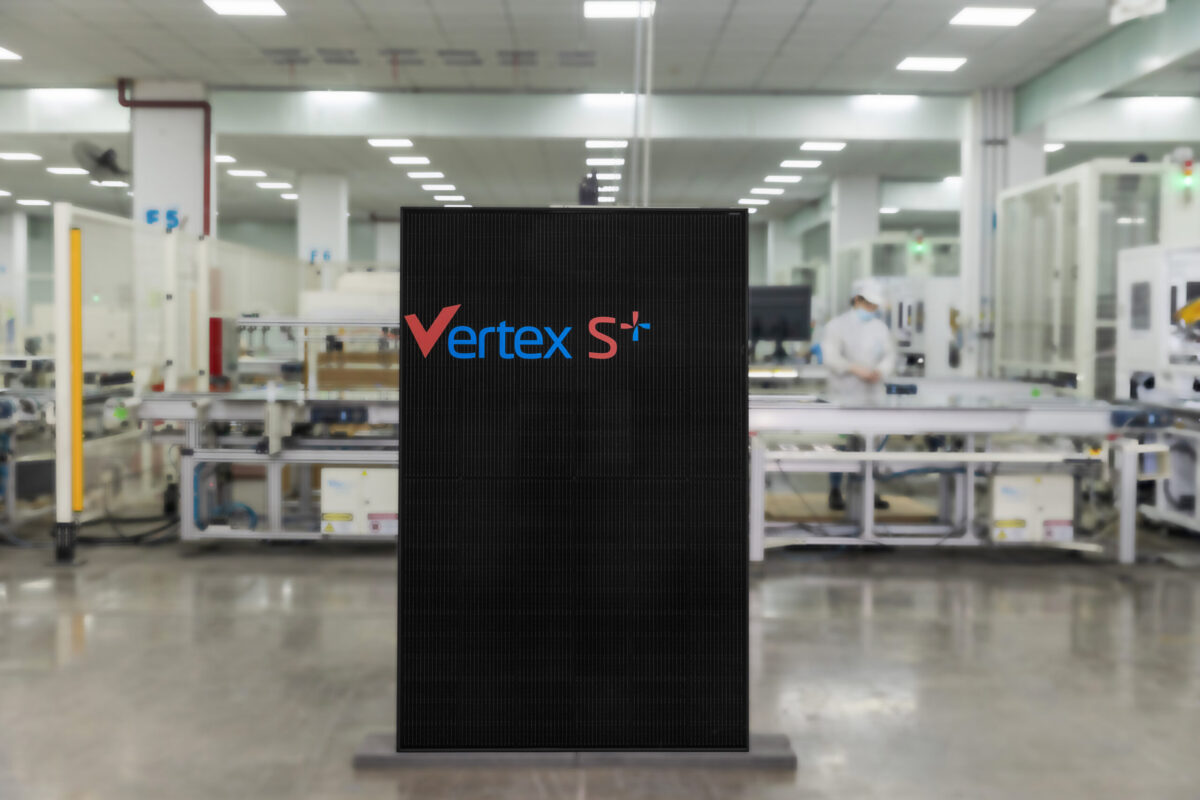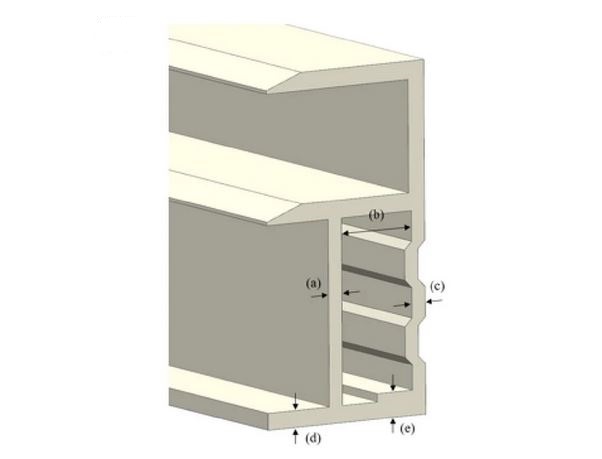Using a surrogate finite element analysis model, the scientists designed an aluminum frame for bifacial modules that reportedly minimizes deflection and production costs, without adding too much weight. Deflection can lead to cracking or delamination of ribbons in the module, resulting in an increase in the number of damaged cells.
Scientists from South Korea’s Korea Institute of Industrial Technology have developed a deep learning surrogate model for optimizing aluminum (Al) frames of modules used in double-sided glass-glass photovoltaic panels.
The scientists said that due to the increasing size and weight of PV modules, Al frames are at greater risk of deflection, which is the degree to which part of a long structural element is laterally deformed under load.
“If the module deforms due to the load, this can lead to cracking or delamination of the ribbons in the module, resulting in an increase in the number of dead cells,” the group explains. “Bifacial modules are relatively heavier compared to monofacial modules. Therefore, when exposed to a larger surface area, there is a greater chance of frame deformation due to self-weight, which can lead to possible deflection of the module.”
To design their optimization model, the academics first identified five design factors for the frame, including ridges, grooves and a hollow section. Setting three levels in millimeters for each factor, the group conducted 243 experiments that identified deflection via finite element analysis (FEA). FEA is a numerical method used to solve problems in engineering and mathematical physics.
However, because FEA requires significant computing resources, the group created the surrogate module. “Deep neural network (DNN)-based surrogate modeling involves finding an approximate function that minimizes the loss function for the given data,” they explained. “We applied Bayesian optimization and derived hyperparameters that minimize the loss function.”
Bayesian optimization is a sequential design strategy for global optimization of black-box functions that do not take any functional form. It is particularly effective for scenarios where sampling is expensive and the objective function is unknown but can be sampled.
Image: Korea Institute of Industrial Technology, Scientific Reports, CC BY 4.0
Using the results from the 243 experiments and artificially inflating them, the group then trained and tested the new model at a ratio of 9:1 respectively. Compared to the real FEA, the FE surrogate model showed high accuracy, with the mean absolute percent error (MAPE) and coefficient of determination (R2) values for deflection and weight averaging 0.0017, 0.9972 for the training set and 0 .0020 were. 0.9962 for the test set respectively.
Following these positive results, the academics proceeded to optimize the frame of a large 585 W bifacial PV module with 78 M10 cells. It had a commercially available AL frame weighing 3.2 kg. This frame caused a deflection of approximately 12.3 mm with a displacement of up to approximately 2.8 mm in the opposite direction.
Popular content

The optimization goal of the new model is to design a frame that minimizes deflection with the lowest possible weight. This means that making a frame thicker can relatively reduce deflection, but can also increase production costs. “The factor values that minimize both deflection and weight were found to be a = 1.5176 mm, b = 13.7105 mm, c = 1.5012 mm, d = 2.9898 mm, e = 4.3123. At this point the deflection was 11.1 mm and the weight was 3.6 kg,” the scientists said.

Image: Korea Institute of Industrial Technology, Scientific Reports, CC BY 4.0
These results were achieved after the new optimization model examined one million data sets. “Generating the 1 million data sets took 0.957 seconds (s), obtaining the predicted deflection and weight values for these data sets took about 72.014 s, and finding the optimal values from these predictions took about 0.264 s. In contrast, using traditional FEA to obtain deflection and weight for a single case took approximately 4,800 seconds,” they stated.
Using their new method, they were reportedly able to reduce deflection by almost 9.6% while increasing the frame’s weight by approximately 12.8%.
Their findings were presented in the study “Design optimization of large-scale bifacial photovoltaic module frame using deep learning surrogate model,” published in Scientific reports.
This content is copyrighted and may not be reused. If you would like to collaborate with us and reuse some of our content, please contact: editors@pv-magazine.com.


